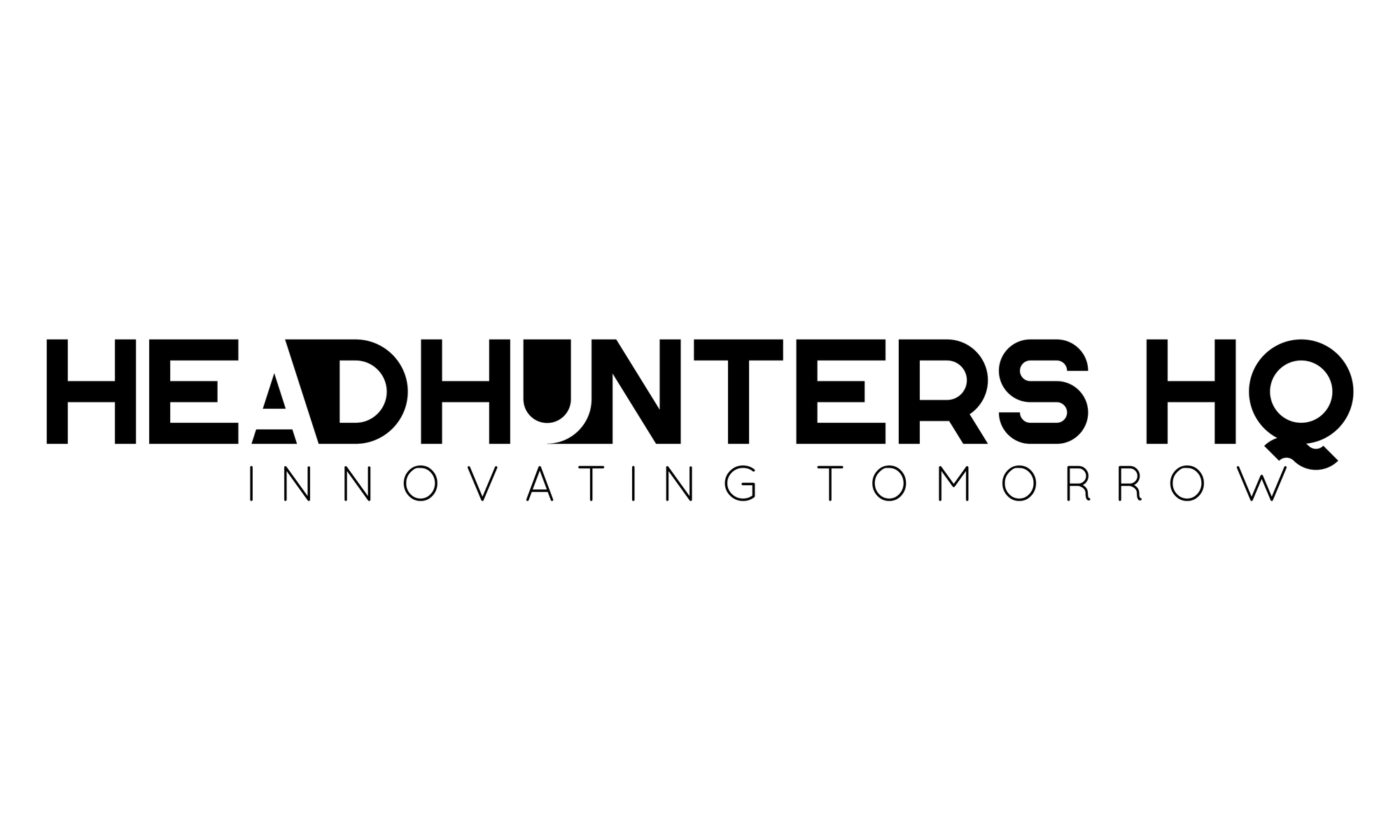Why Recruiters in Singapore Are Losing Talent - Even With a Strong Pipeline

In recruitment, it’s common to equate pipeline size with hiring success. More candidates should mean better odds of filling a role, right? But the reality is far more complex. While it might feel reassuring to have hundreds of applicants sitting in your ATS, that volume often creates a false sense of progress.
Recruiters across Singapore are noticing a frustrating trend: even with large databases and talent pools, they’re still losing top candidates — often to faster, more decisive competitors. The issue isn’t a lack of applicants. It’s a breakdown in process, prioritisation, and pace.
According to ManpowerGroup’s 2025 Talent Shortage Survey, 83% of employers in Singapore report difficulty filling roles. That’s one of the highest percentages globally, signalling that the problem isn’t volume — it’s effectiveness.
Let’s unpack the key reasons why.
The Pipeline Problem: When Volume ≠ Quality
It’s not uncommon for recruiters to receive hundreds of CVs for a single role. But how many of those applications actually align with what the hiring manager truly needs?
Often, the pipeline is bloated with candidates who are either misaligned, underqualified, or simply not a cultural or functional fit. The illusion of abundance leads to hours — even days — wasted on manual screening, only to realise the shortlist is still weak.
This happens when sourcing is too broad, screening questions are too generic, and qualification happens too late in the process. It’s a case of more isn’t better — better is better.
To shift away from this trap, recruiters need to:
- Refine their sourcing strategies: Focus on where top talent actually is — not just where it’s easiest to post jobs.
- Use better qualification frameworks: Apply structured scorecards or assessments early to gauge fit.
- Invest in automation tools: Technology that filters, ranks, or predicts fit based on skills, keywords, or behavioural data can be a game changer.
Quality pipelines don’t start at the shortlist. They start at the first touchpoint. If your top-of-funnel strategy is misaligned, the rest of the process becomes an uphill battle.
Speed Matters: In This Market, You Blink and You Miss
Singapore’s hiring landscape — especially in sectors like tech, fintech, digital marketing, and AI — is moving at lightning speed. Top candidates often receive multiple offers and go off the market in less than 10 days.
Recruiters are frequently losing candidates not because they weren’t a good fit, but because they were simply too slow to engage. The causes? Long internal feedback loops, overloaded interview processes, unprepared hiring managers, and unnecessary gatekeeping.
The result is a costly pattern: by the time a recruiter reaches out or finalises an offer, the candidate is gone — hired by a competitor with a more agile process.
To combat this:
- Set internal SLAs: Create benchmarks like contacting shortlisted candidates within 24–48 hours.
- Pre-align with hiring managers: Agree upfront on dealbreakers, salary ranges, and timelines to avoid delays.
- Streamline interviews: Two to three stages max, with decision-makers empowered to say yes.
Speed doesn’t mean rushing — it means removing friction. Candidates aren’t waiting anymore. If you’re not fast, you’re last.
The Job Description Trap: Too Much, Too Vague, Too Unrealistic
Another frequent breakdown happens before the first interview is even scheduled — in the job description.
Too many roles are marketed with bloated, jargon-heavy descriptions that do more to confuse than to compel. Listing 20 requirements and buzzwords may feel comprehensive, but in practice, it deters great candidates who assume they’re not qualified — particularly women and underrepresented talent.
At the other end of the spectrum, vague or poorly written JDs attract the wrong applicants, who don’t understand the role or misread what’s truly required.
To improve this, recruiters should:
- Narrow the focus: Identify and highlight the 3–5 core competencies truly required to succeed.
- Clarify must-haves vs. nice-to-haves: Avoid listing every possible skill under the sun.
- Promote growth and culture: Today’s candidates care about impact, learning, and team dynamics.
- Use plain, human language: Ditch the corporate speak. Clarity wins.
Great job descriptions aren’t just informative — they act as the first filter and magnet for the right kind of applicants.
The Candidate Experience: Where Most Processes Still Fall Short
In a talent-short market, candidate expectations have changed. They’re no longer willing to tolerate:
- Radio silence after interviews
- Disjointed application processes
- Vague or delayed feedback
- Ghosting, especially after multiple interview rounds
Unfortunately, many companies are still delivering outdated experiences that frustrate and confuse applicants — causing them to disengage entirely.
According to LinkedIn’s Talent Trends report, 75% of candidates say a poor hiring experience impacts their decision to accept an offer or recommend a company. That’s not just a hiring problem — it’s a brand problem.
To fix this, recruiters need to:
- Set expectations clearly: Communicate timelines at every stage.
- Close the loop: Even if it’s a “no,” candidates deserve closure.
- Stay present: Keep candidates warm with regular updates, even if decisions take time.
- Train hiring managers: They are brand ambassadors during interviews — how they treat candidates matters deeply.
Recruitment is now a two-way street. If your process feels dismissive, slow, or opaque, the best candidates will walk away.
What’s Working in 2025: How Top Recruiters Are Winning
In contrast, some recruitment teams in Singapore are consistently securing top talent — even in this tough market. What are they doing differently?
Here’s what we’re seeing among the top-performing hiring teams:
✅ They use data to qualify early: ATS scoring, candidate surveys, and predictive analytics help prioritise real-fit talent upfront.
✅ They simplify their process: Interviews are structured, limited to 2–3 rounds max, and designed to move fast.
✅ They work hand-in-hand with hiring managers: There’s alignment, trust, and shared urgency — not miscommunication and silos.
✅ They craft a strong candidate experience: Clear comms, fast feedback, and a human tone win trust.
✅ They position roles with purpose: Top talent wants to know why this job matters, how it impacts the team or company, and what growth looks like.
What’s Next: Evolving the Singapore Recruitment Model
As hiring evolves, one thing is clear — having a large pool of applicants isn’t enough. In fact, it might be part of the problem if it isn’t managed strategically.
To win top talent in 2025 and beyond, Singapore recruiters need to:
- Focus on qualification, not just attraction
- Build speed and agility into their process
- Align more deeply with hiring managers from Day 1
- Craft job descriptions that convert — not confuse
- Prioritise candidate experience as a competitive edge
Because top candidates aren’t waiting. They’re evaluating every interaction, every delay, and every word. If your process can’t keep up, you’ll lose the best — no matter how big your database is.
Let’s stop equating activity with effectiveness. A large pipeline is only powerful when it’s built intentionally and managed well — with the right tools, the right mindset, and the right speed to match today’s talent expectations.
Your future hires aren’t just somewhere in your database. They’re moving fast. It’s time to move faster.
📌 Ready to stop losing top candidates?mLet’s talk about tightening up your hiring process. Book a demo with us today.
Sources:





